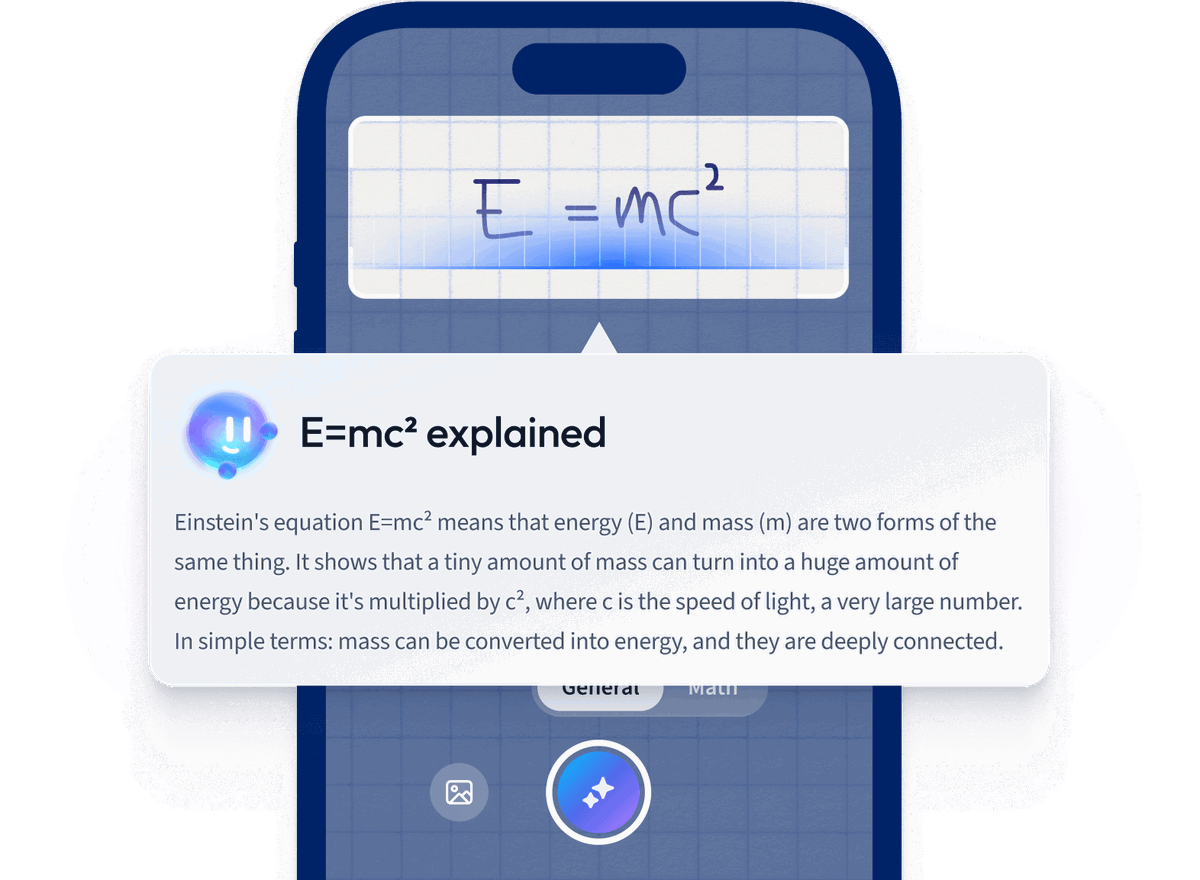Coastal erosion landforms process
Coastal landforms are features that are created along the coast due to different processes that occur. But you might be wondering, 'what are coastal erosion landforms?' Well, these are landforms that take place as a consequence of erosion. Erosion is the gradual breakdown of material; in this case, this is rock. Along our coastlines, erosion takes place, and different types of coastal erosion landforms are produced.
Firstly, we need to remember the main factors that can affect how coastal erosion landforms occur. These are destructive waves, rock type and rock structure.
Destructive waves are powerful waves that form due to strong winds created by storms.
Destructive waves
Within destructive waves, there are three main types of erosional processes that take place along our coastlines. These are abrasion, attrition and hydraulic action, and these all create different coastal erosion landforms. Below is a table explaining these.
| Erosional process | Explanation |
| Abrasion | Abrasion is when rocks are carried by ocean waves and crash into cliff faces on our coastlines. These loose rocks cause the rock on the cliff face to break away, leaving it smooth. |
| Attrition | When attrition occurs, rocks within the waves crash into one another, causing them to break down into smaller and more rounded rocks. |
| Hydraulic action | Hydraulic action is a process that occurs when waves hit the rock face, forcing air into cracks within the rock. The pressure builds within this small space, causing the rock to break apart and fall from the main rock face. |
Table 1
Rock type and structure
The type of rock is another factor that can affect how coastal erosion landforms are formed. Soft rock is easier to wear down; therefore, erosion often takes place at a faster rate. On the other hand, hard rock is harder to wear down and will require more force and pressure to erode. This means that it typically takes longer for the hard rock to be eroded. As a result, a coastline containing both hard and soft rock will create different erosional landforms since erosion usually occurs at different rates depending on how resistant the rock is. This also means that the structure of the rock can influence how coastal erosion landforms are formed. For example, if a rock face has different layers of both hard and soft rock, the rate of erosion will vary within the rock face, depending on the rock's resistance to erosion.
An example of hard rock is granite. Granite can be found at Land's End, formed by the Cornubian batholith. An example of reasonably soft rock is limestone, which can be found along the Dorset coast.
In these locations, the granite (hard rock) found at Land's End is more resistant to erosion, and the limestone (soft rock) along the Dorset coast is less resistant to erosion. This means more erosion will likely occur on the soft rock.
Coastal erosion landform revision
Diagrams are great for geography revision! Below is a diagram that shows how each of the three main coastal erosional processes (abrasion, attrition, and hydraulic power) take place within a destructive wave.
Coastal erosion landform features
Coastal erosional landforms come in many shapes and sizes, some of which you may have seen before. This is due to the combination of the rock type and erosional processes, such as abrasion, attrition and hydraulic action that take place within destructive waves. Along a coastline, all three main types of erosional processes will take place, and this means you can often find multiple different erosional landforms on the same coastline. These landforms are cliffs, wave cut platforms, headlands, bays, caves, arches, and stacks.
Coastal erosion landforms types
OK, time to actually examine the different coastal erosion landforms.
Cliffs
Now, I'm sure when you think of the coast, you'll typically picture giant cliffs. But how do these iconic coastal landforms actually form?
 Fig. 2 - Cliffs along a coastline.
Fig. 2 - Cliffs along a coastline.
Well, cliffs are eroded at the cliff base by abrasion. The rocks within the ocean waves carve out a curve at the base of the cliff, called a wave cut notch. This eventually causes the cliff to collapse above the wave cut notch as it becomes unstable due to a lack of support at the base, leaving behind a steep cliff face. Over time, this leads to something called cliff retreat, which is a process where the cliff face slowly erodes further and further inland, parallel to the coast.
Wave cut platforms
Unlike cliffs, wave cut platforms are probably not a feature you will notice and point out during a trip to the coast. They actually occur as a consequence of cliffs forming. Wave cut platforms are wide areas of rock at the base of the cliff that slope towards the sea. As the cliff is eroded, retreating further inland, a wave cut platform forms below the cliff. Material breaks off the cliff because of erosion, and this material builds up at the base of the cliff, forming the wave cut platform. This wide area of rock is often quite rough because of abrasion that takes place. Wave cut platforms can also frequently be covered by the sea as rising sea levels occur.
Headlands and bays
When searching for the perfect spot to sit when visiting the coast, you'll more than likely choose a bay, rather than a headland. This is because headlands have sea on three of their sides, whereas bays have land on three of their sides, making them more sheltered. You can see this in the image below.
 Fig. 3 - Coastline, showing headlands (rock jutting out to sea) and bays (curved sandy formations).
Fig. 3 - Coastline, showing headlands (rock jutting out to sea) and bays (curved sandy formations).
Headlands and bays form next to one another. Headlands are tall areas of coast that stick out into the sea, this is because they are made of harder rock that is more resistant to erosion. As erosion takes place, the more resistant rock remains, to form a headland and the less resistant rock erodes, to create a bay. Bays are inlets within the rocky coastline that curve inland, found either side of headlands, they are composed of weaker, less resistant rock. This means that headlands and bays can form due to the rock type and structure within a coastline.
Caves
Something you might love to explore when you visit the coast, are caves. Caves actually form at headlands. Over time, through abrasion, waves erode into the sides of these headlands, carving out a cave. This can happen on either side of the headland, or even on both sides at the same time!
Arches
Arches are an extension of caves. After continual erosion of the cave, eventually, the water will erode entirely through the headland so that that water can flow completely through the arch from one side of the headland to the other.
Stacks
Ultimately, arches are weakened through continued erosion and eventually the top of the arch collapses. This creates stacks, which are pillars of rock stood out at sea, away from the headland.
Caves, arches, and stacks are an extension of erosional landforms from one another, that form due to continued erosion.
Coastal erosion landforms diagram
This is a diagram showing the various coastal erosion landforms along a coastline.
Notice how many different formations that can occur in one area! Have you ever seen any of them before?
Coastal Erosion Landforms - Key takeaways
- Cliffs, wave cut platforms, headlands, bays caves, arches, and stacks are all different coastal erosional landforms.
- Abrasion is a process that creates coastal erosion landforms through the movement of rock in waves crashing against rock faces. It creates cliff faces and wave cut platforms.
- Attrition is another process that creates coastal erosion landforms due to rocks within waves crashing into one another and breaking each other down.
- Hydraulic action is when waves force air into cracks within the rock face, causing the rock to break apart due to a build-up of high pressure. This is another process of creating coastal erosion landforms.
- Hard rock creates headlands due to being more resistant to erosion, whereas soft rock creates bays because it is easier to erode.
How we ensure our content is accurate and trustworthy?
At StudySmarter, we have created a learning platform that serves millions of students. Meet
the people who work hard to deliver fact based content as well as making sure it is verified.
Content Creation Process:
Lily Hulatt is a Digital Content Specialist with over three years of experience in content strategy and curriculum design. She gained her PhD in English Literature from Durham University in 2022, taught in Durham University’s English Studies Department, and has contributed to a number of publications. Lily specialises in English Literature, English Language, History, and Philosophy.
Get to know Lily
Content Quality Monitored by:
Gabriel Freitas is an AI Engineer with a solid experience in software development, machine learning algorithms, and generative AI, including large language models’ (LLMs) applications. Graduated in Electrical Engineering at the University of São Paulo, he is currently pursuing an MSc in Computer Engineering at the University of Campinas, specializing in machine learning topics. Gabriel has a strong background in software engineering and has worked on projects involving computer vision, embedded AI, and LLM applications.
Get to know Gabriel













